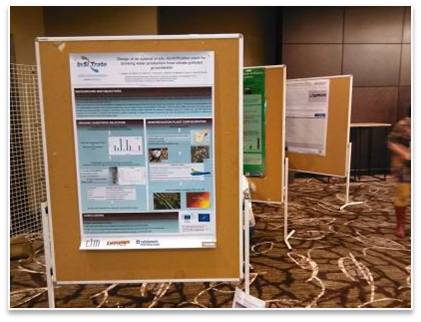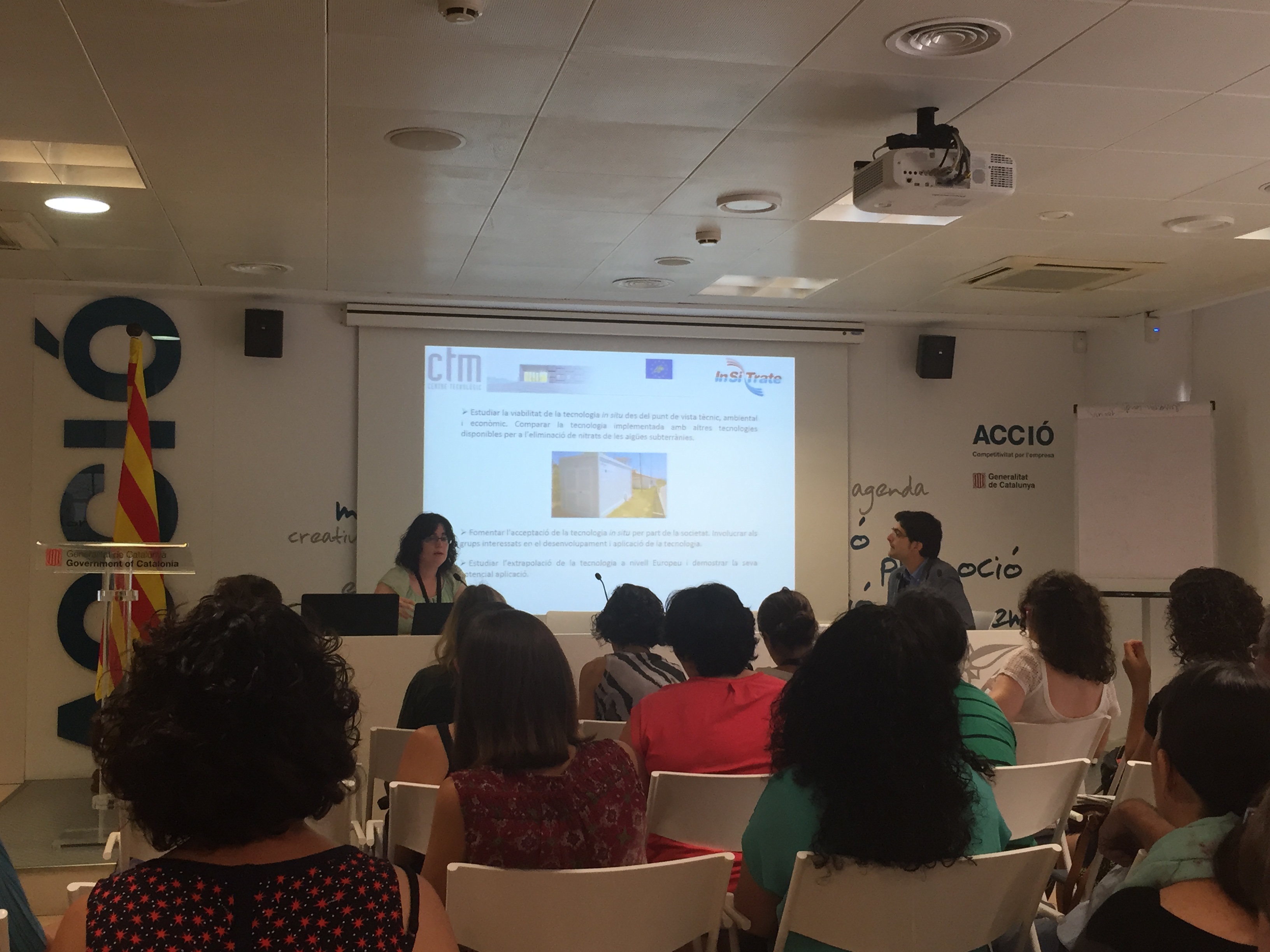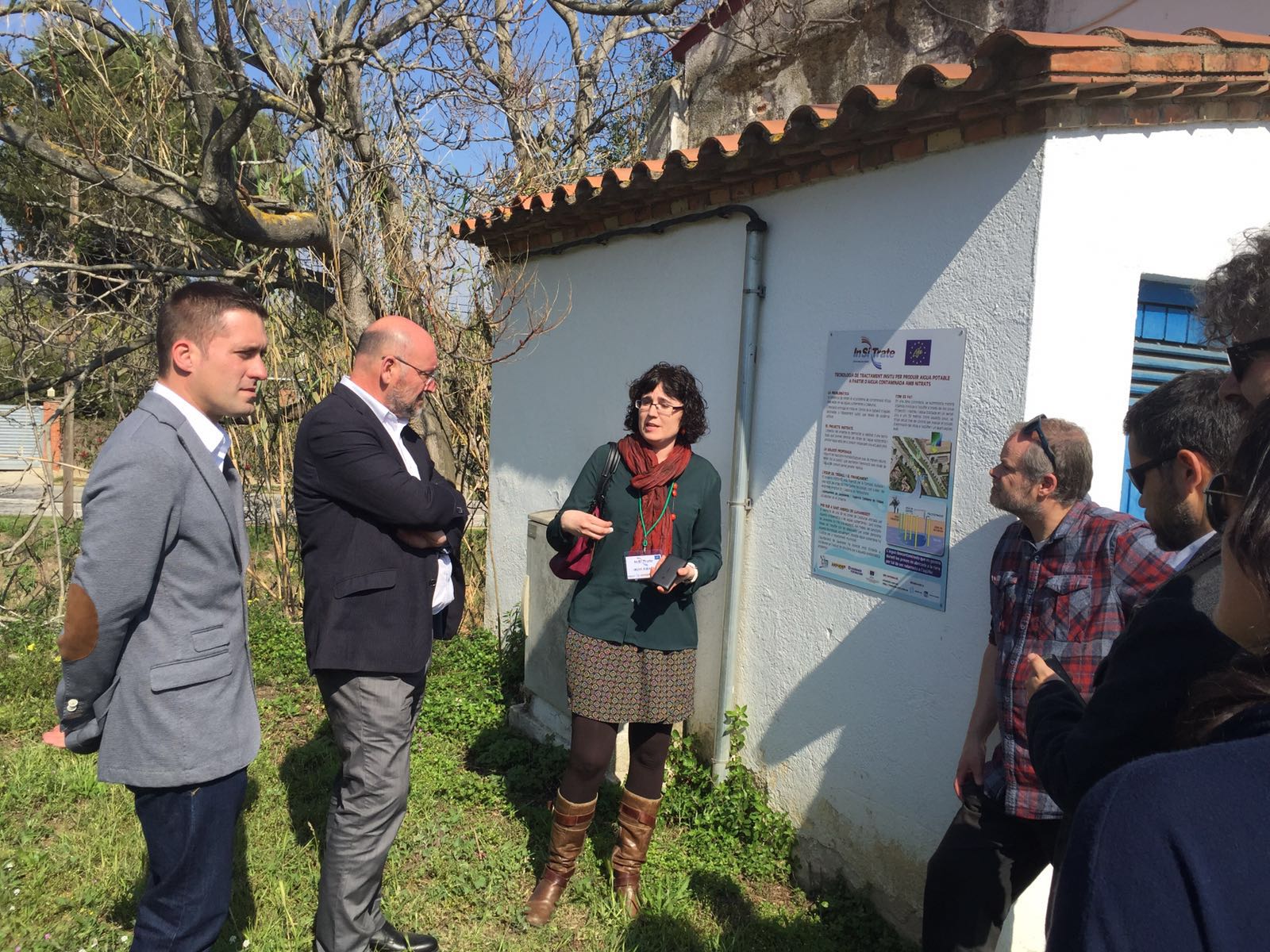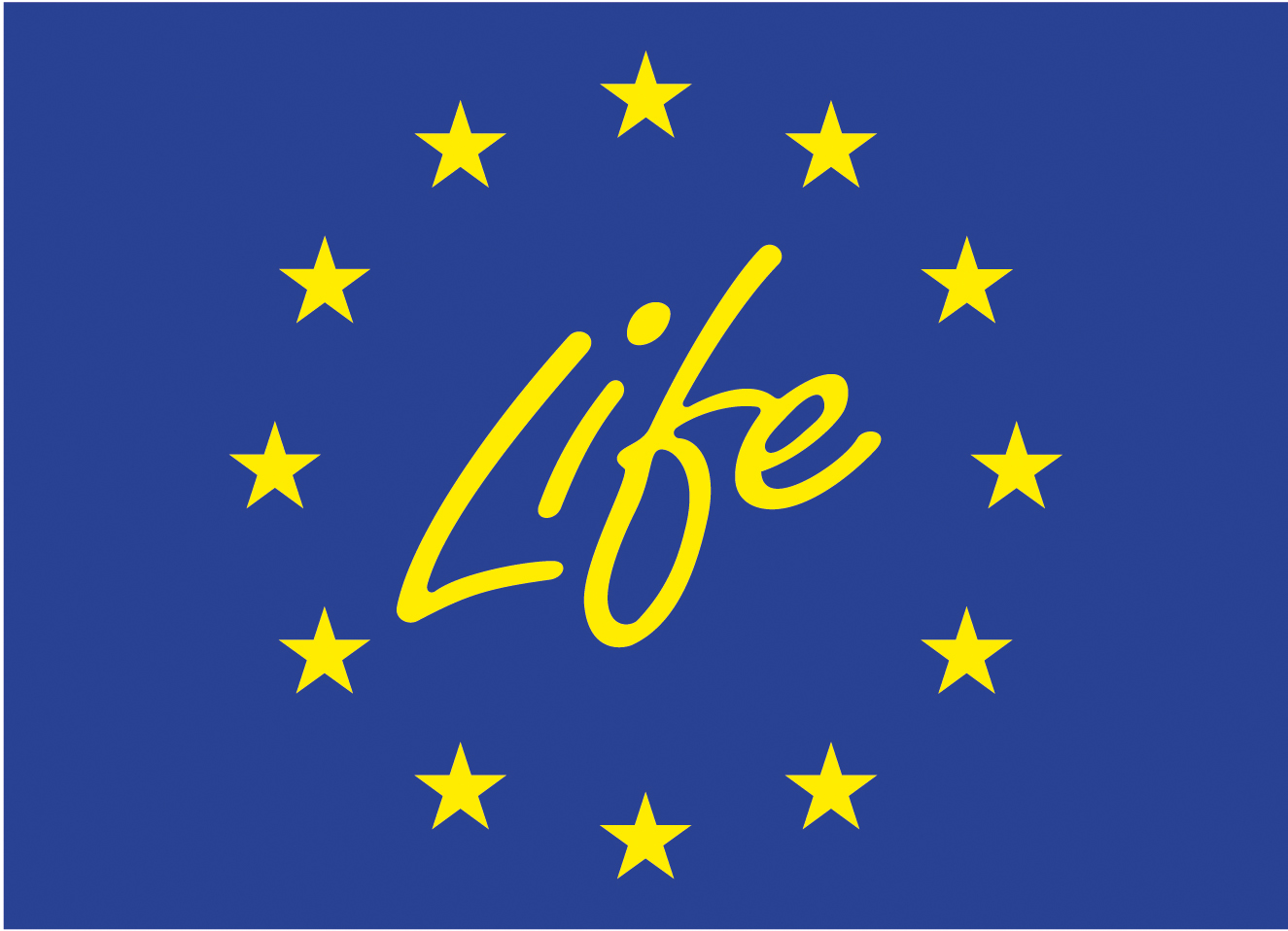The Project
Environmental Problem
Groundwater constitutes one of the main resources of freshwater on our planet, providing useful functions and services to humans and the environment. In many European countries, this resource is increasingly being polluted with nitrate due to anthropogenic activities such as the excessive use of fertilizers in crops, livestock, sewage waste and septic tanks.
The presence of nitrate limits groundwater potential use and damages its role in the hydrological cycle. It must be noticed that in many parts of Europe groundwater is not suitable for drinking only due to the presence of this contaminant and that groundwater is often used untreated particularly from private wells that can cause serious health problems. Therefore, the World Health Organization (WHO) has set the standard for nitrate in drinking water at 50 mg NO3-/L. On the other hand and from the ecological point of view, nitrate can lead to eutrophication of surface and coastal waters.
In 2004 it was estimated that nitrate drinking water limit values were exceeded in around one-third of the groundwater bodies in EU. In fact, in Catalonia (north-east of Spain) there exist a number of drinking water wells with nitrate concentration above 50 mg/L since 32% of the water bodies have severe nitrate affectation and more than 45% of the monitoring wells show nitrate concentrations above 35 mg/L. In 2005, 92 municipalities (10% of total Catalan municipalities) had water supply problems due to nitrate contamination. In general terms, some of the contaminated wells are still being exploited because other nitrate-free water sources like surface waters are available in the vicinities for blending. However, some of the wells are finally abandoned if nitrate levels are too high and thus, water from far away sources must be exploited. This leads to an overexploitation of surface waters that causes water scarcity downstream and environmental problems in the river basins.
The Life+ InSiTrate Project aims to contribute to solve the problem of drinking water supply to municipalities and small communities by implementing in situ remediation technologies and therefore prevent surface water overexploitation. The restoration of contaminated wells will benefit the economic development of the municipalities, by making available their closest freshwater sources and avoiding the costly transport of freshwater from other sources.
Objectives
The objectives of Life+ InSiTrate are:
- To demonstrate at pilot scale the feasibility of in situ bioremediation technology of nitrate-polluted groundwater for the production of drinking water.
- To develop an innovative tool for design and prediction based on mathematical modelling to describe the performance of the in situ bioremediation technology in any aquifer and assist in the design of the optimal remediation strategy at each new site.
- To study the feasibility of the in situ technology from the technical, environmental and economic point of view and to compare this technology with other existing technologies using the same indicators.
- To foster social uptake of the technology and involve stakeholders and target groups in the technology development.
- To study the extrapolation of the technology to other European specific sites to demonstrate its potential implementation.
The in situ denitrification pilot plant will be implemented in Sant Andreu de Llavaneres aquifer (Catalonia, Spain).
Project Actions
Action 1. Hydrogeological and chemical characterization of the aquifer. COMPLETED
This action is focused on characterizing the regional hydrogeology and the local aquifer intrinsic characteristics of Sant Andreu de Llavenres aquifer (Catalonia, Spain) in order to design the optimal denitrification plant.

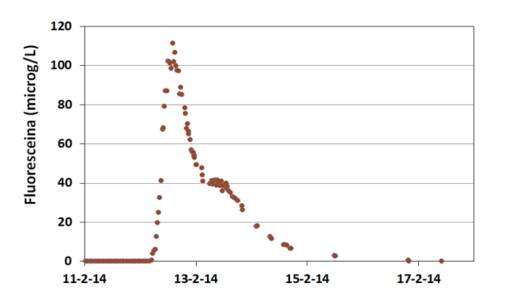
Action 2. Organic matter prospection for in situ groundwater denitrification. COMPLETED
This action aims at selecting the best organic carbon source to enhance groundwater in situ denitrification for this case study. The selection of the organic substrate is a crucial point when implementing biological treatments, since it might directly affect the feasibility of the process. However, in order to select the appropriate substrate not only technical, but also economic and environmental criteria must be taken into account.

Action 3. Design of a model-based strategy for the pilot denitrification test. COMPLETED
Developed a decision making tool to describe the performance of the in situ bioremediation technology and to assist in the pilot plant design. This tool (IST –InSiTrate- tool) simulate the remediation process under different injection strategies and hydrogeological features to identify the optimal denitrification plant configuration. IST will be tested in this project with the aim to be widely used in other sites.
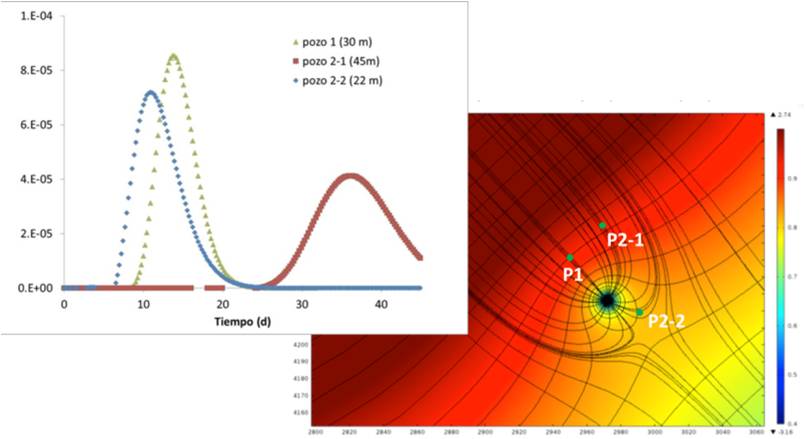
Action 4. Design and construction of the in situ denitrification pilot plant. COMPLETED
Design and construction of the in situ denitrification pilot plant at Sant Andreu de Llavaneres. Some of the existing wells (out of service nowadays) are used in this project together with newly drilled wells. The Town Council has kindly let the land for this project.
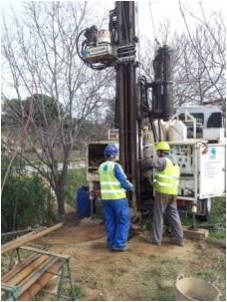
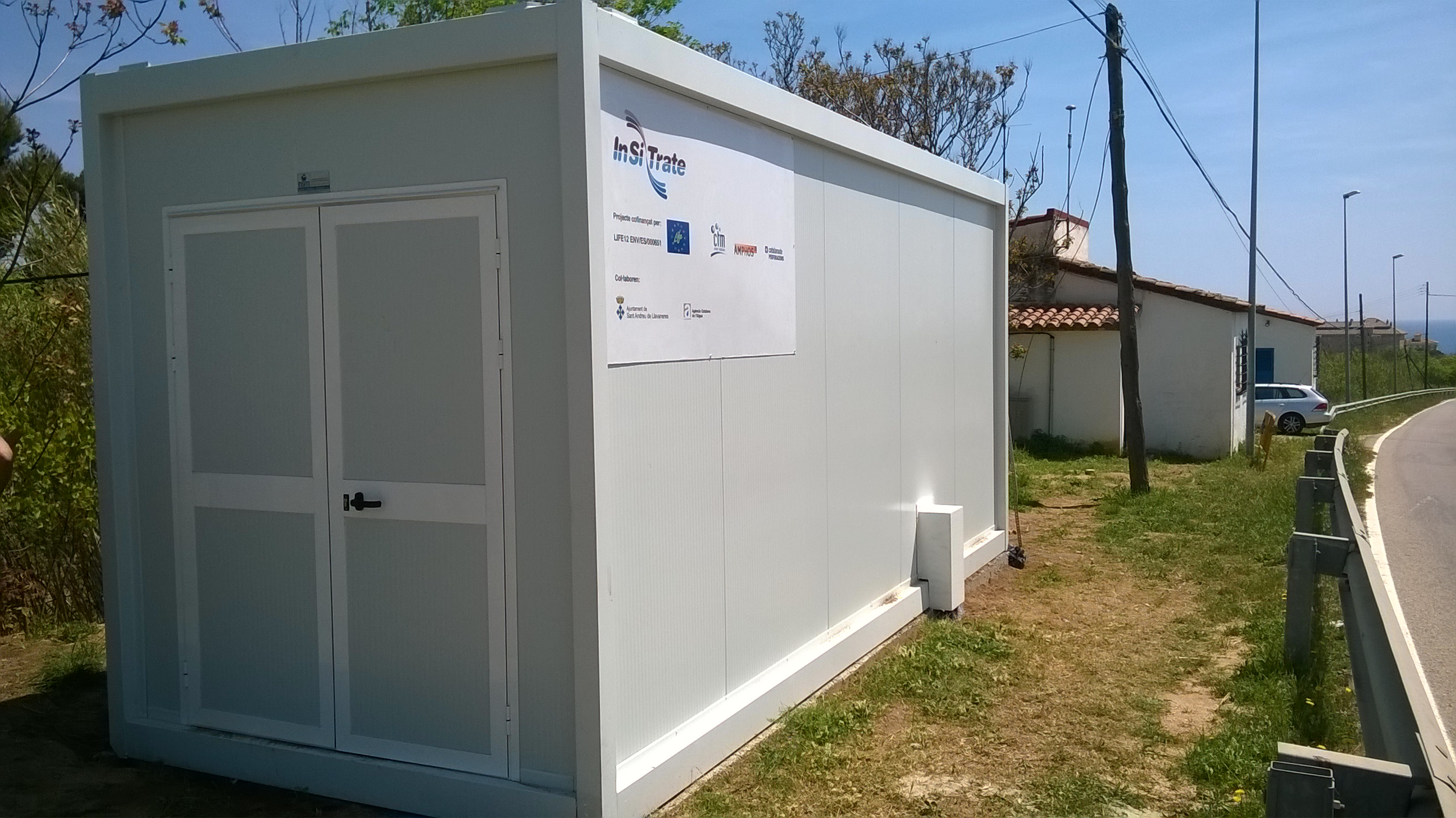
Action 5. Operation and assessment of the in situ denitrification pilot plant COMPLETED
The main goal of this action is teh operation of the in situ denitrification pilot plant and the evaluation its feasibility from the technical point of view and the sustainability from environmental and economic perspectives. The plant has been operating during two years since 2015.
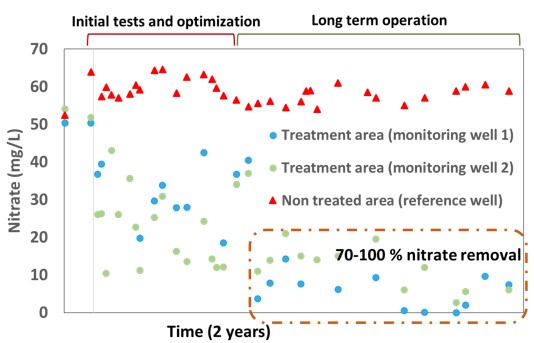
Action 6. Feasibility of the project on technical, environmental and economic criteria COMPLETED
The main objective of this action was to evaluate the feasibility of the proposed in situ remediation technology for drinking water production from main strategic perspectives: technical and two pillars of sustainability: environmental and economical. The feasibility evaluation is important in order to determine the weaknesses and strengths of proposed objectives in comparison with alternative treatments.
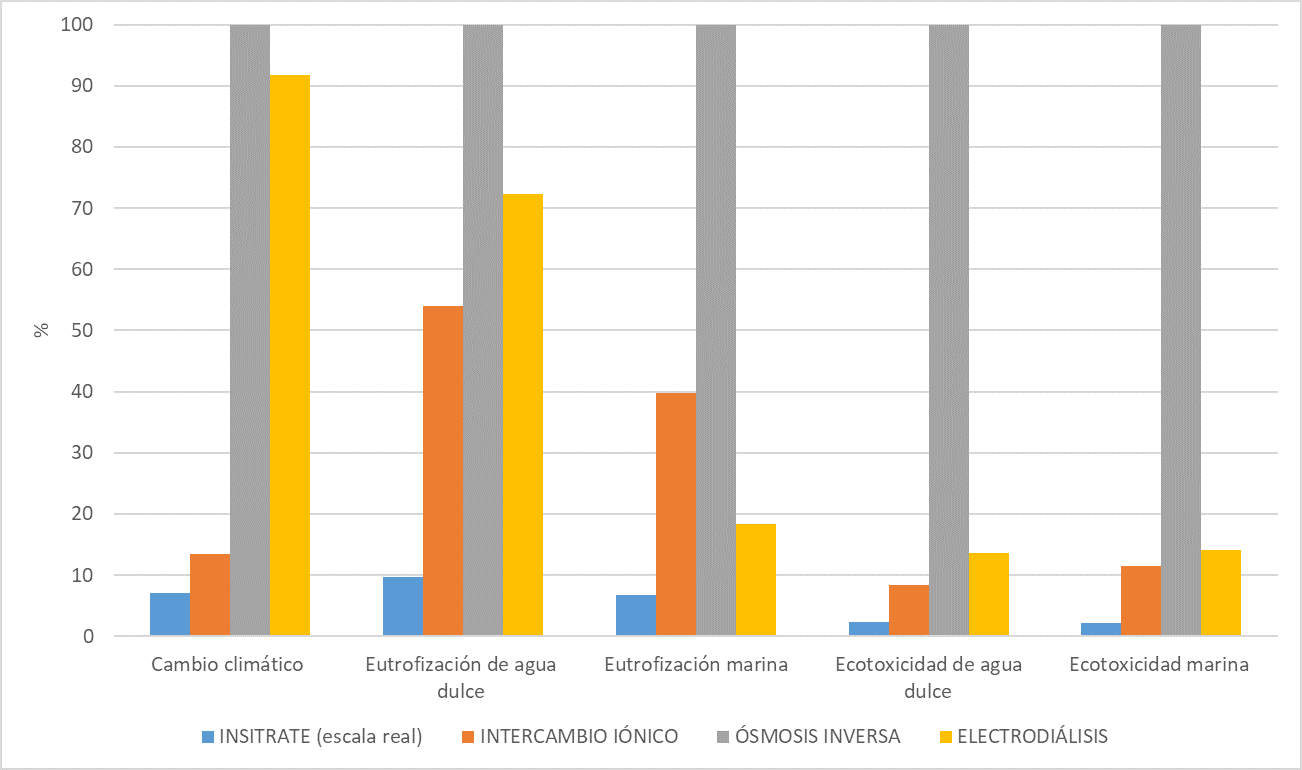
Action 7. Public perception and social outreach. COMPLETED
The overall objective of this action is to foster uptake of this promising technology by analyzing the social context and involving key actors in the development of the technology.
To implement innovative technologies facing environmental pollution do normally require out-of-the-box-thinking and close collaboration of the research groups with the related stakeholders (technology providers, water utilities, water authorities, regulators, research institutions and the general public). Thus an adaptive, participative and integrated approach with the social context is needed.
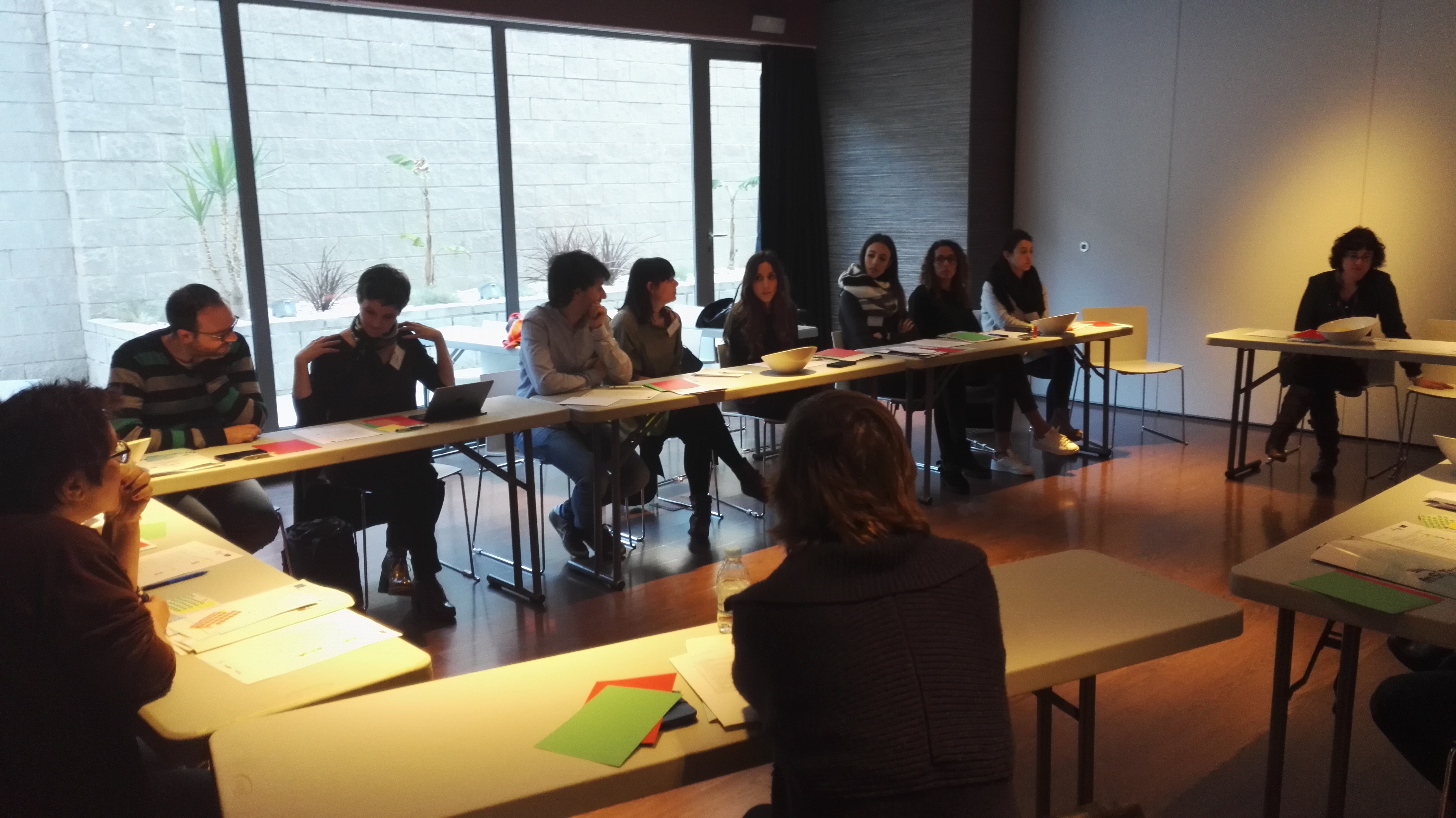
Action 8. Technology extrapolation and up-scaling. COMPLETED
The technology extrapolation and up-scaling it has consisted identifying, characterising and selecting sites where the in situ denitrification technology can be extrapolated.
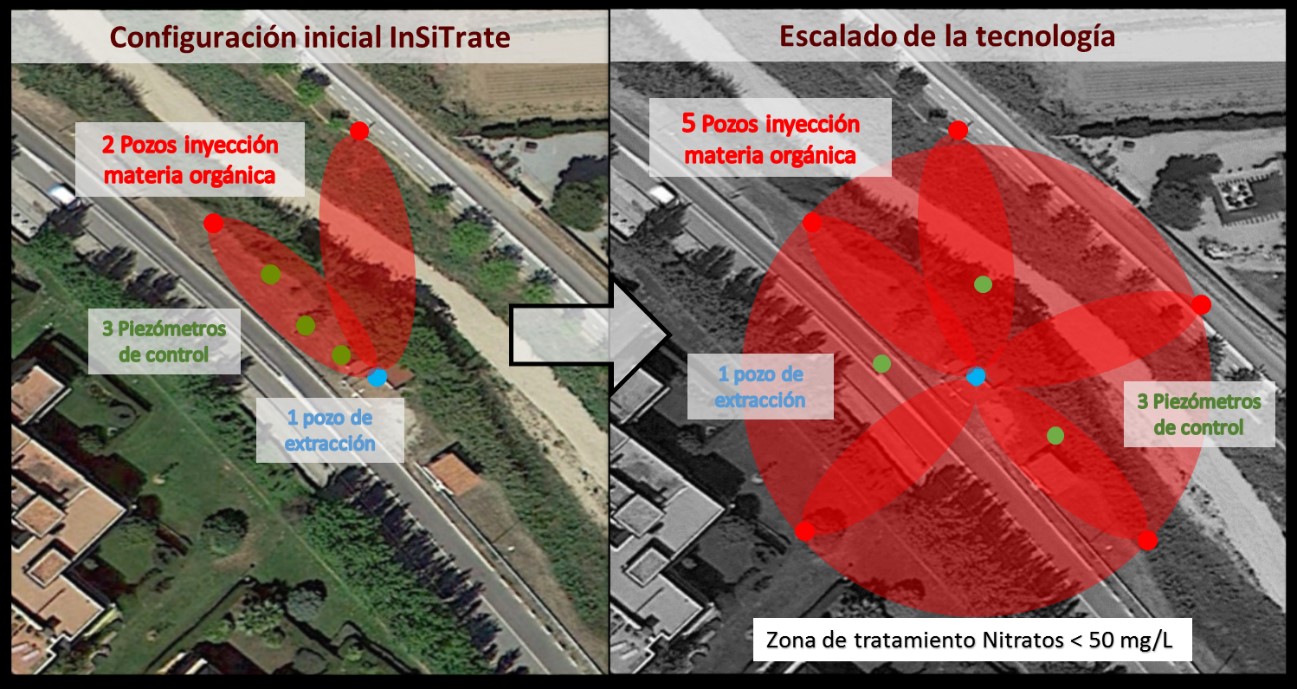
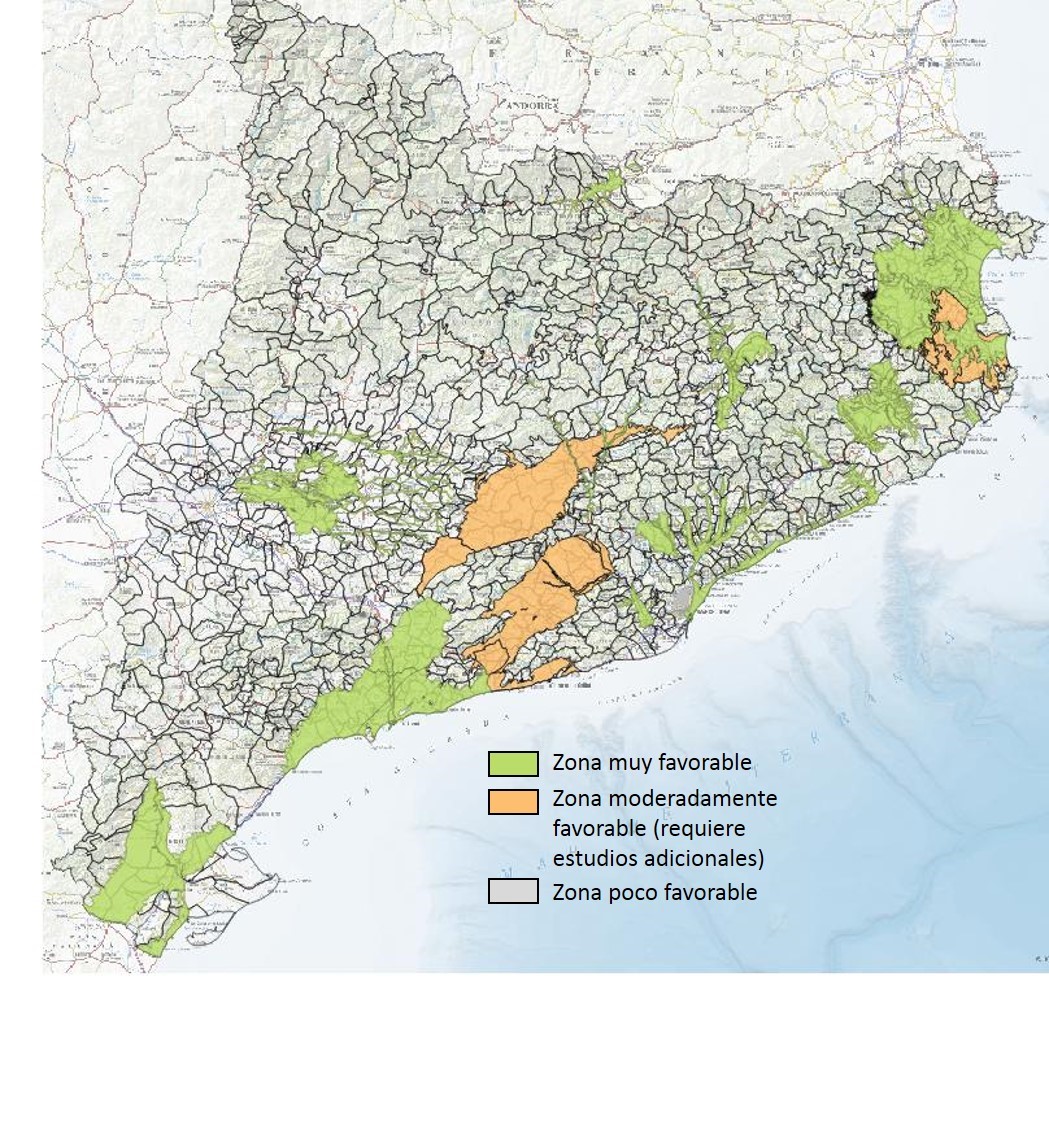
Action 9. Monitoring of the impact of the project actions. COMPLETED
Within this action several indicators will be created and monitored in order to establish the impact of the project from the technical and socio-economical points of views.
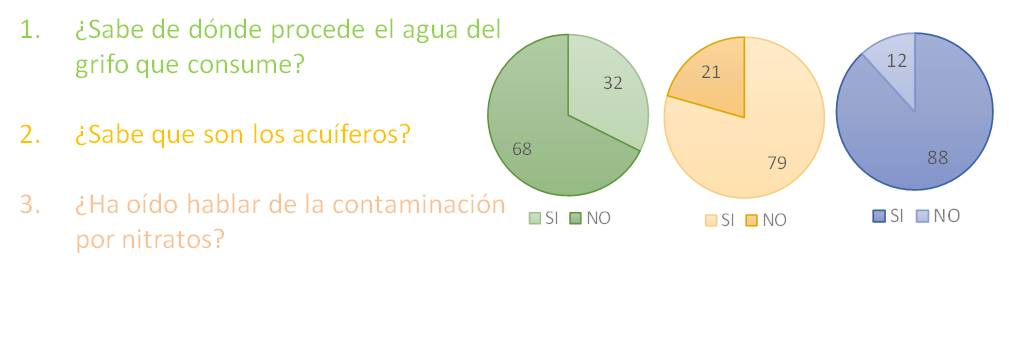
Action 10. Communication and dissemination actions. COMPLETED
The communication and dissemination plan has been structured in a series of tasks aimed at disseminating the development of the project and the results that are being obtained to the target audience.
Some tasks are devised for stakeholders that could benefit from the project's results while other tasks are designed as communication or information activities to the whole community, including a general audience.
